Get your hands dirty
As a volunteer for one of the charity organisations who continue to help those in need after 3.11
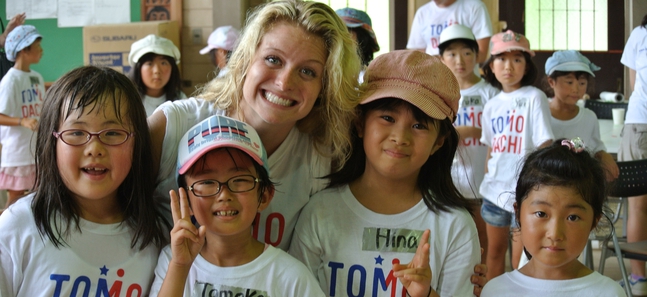
Posted: Fri Aug 01 2014
Now that over three years have passed since the March 11 East Japan earthquake and tsunami, most international charity organisations have diverted aid to disaster-stricken areas in other parts of the world, leaving local charities to tie up loose ends here. While the bricks and mortar work is nearing completion (nuclear plants aside), there are still people in dire need of assistance. If you’ve been looking for a way to lend a hand, besides opening the chequebook, there are several grassroots organisations that welcome volunteers.
Immediately after the disaster, OGA for Aid volunteers worked feverishly with other organisations to set up the Tohoku Distributions System, which supplied living essentials to over 2,800 families living in the Minamisanriku, Kesennuma and Ishinomaki areas. ‘This project was unique in that most activities like this are run out of the local government offices,’ says Angela Ortiz, director of administration for OGA for Aid. ‘However the situation in Tohoku was so severe, devastation so extreme, that even the official setups were facing serious confusion and inefficiencies. By working with local community leaders, OGA for Aid was able to sidestep the red tape and establish a line of support.’
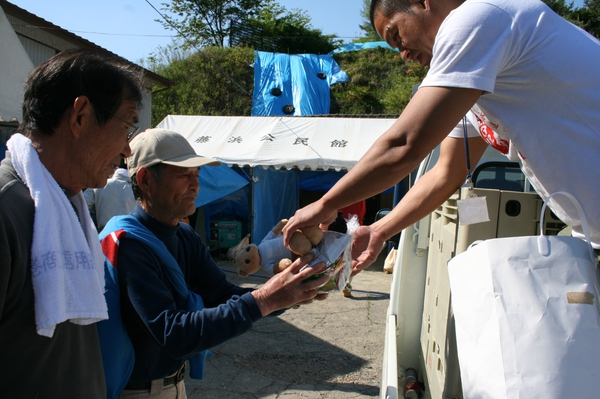
Over the last three years, OGA for Aid has organised over 40 community projects in Tohoku, including an annual holiday ball, the international spring festival and an American sports camp for children. Currently, the group is focused on supporting Green Farmers Miyagi, a group of local farmers working to address the issues of declination, ageing population, connectivity between the older and younger generations and rebuilding the devastated communities. ‘We have plenty of outdoor, get-your-hands-dirty kind of work,’ says Ortiz. ‘We are heading into the busiest planting season. Many volunteers learn how to operate farm equipment for planting, watering and cultivating of seedlings. Drivers are particularly appreciated, as are those with some speaking abilities of Japanese, however it’s not absolutely necessary.’
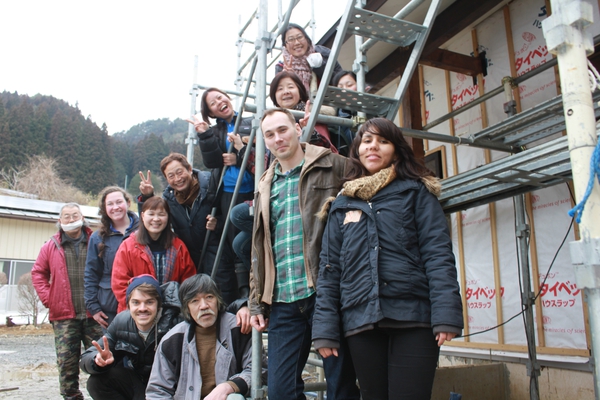
Another quick-acting organisation is Ashinaga, a long-standing Japanese charity operation devoted to supporting orphans worldwide. Just two days after the earthquake and tsunami, Ashinaga moved to provide ¥2.82 million emergency relief grants to each of the 2,082 eligible children, from newborns to graduate students, who lost one or both parents due to the disaster, says Ashinaga spokesperson Hiroshi Iizuka.
In addition to financial assistance, Ashinaga constructed Rainbow Houses in Sendai, Ishinomaki and Rikuzentakata. Completed in spring 2014, these three facilities provide short-term and long-term psychological and emotional care to children who have lost parents to the catastrophe, and opportunities for bereaved families to meet and interact with people in similar circumstances. Ashinaga is actively seeking volunteers who can take care of orphaned children currently living at the Rainbow Houses. Volunteers are required to speak fluent Japanese and take a training course to learn the basic skills of dealing with children who have experienced the sudden loss of their parents.
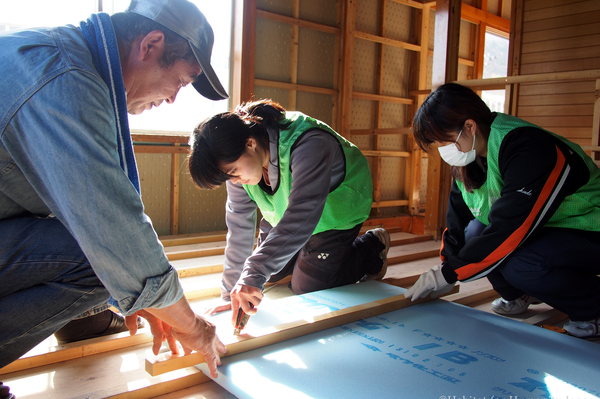
OGA for Aid: www.ogaforaid.org
Ashinaga: www.ashinaga.org/en/
This article originally appeared in issue 3 of Time Out Tokyo magazine.

Tags:
Tweets
- About Us |
- Work for Time Out |
- Send us info |
- Advertising |
- Mobile edition |
- Terms & Conditions |
- Privacy policy |
- Contact Us
Copyright © 2014 Time Out Tokyo










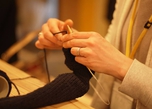

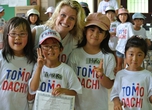
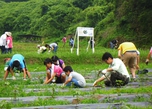

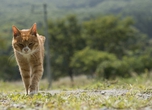


Add your comment